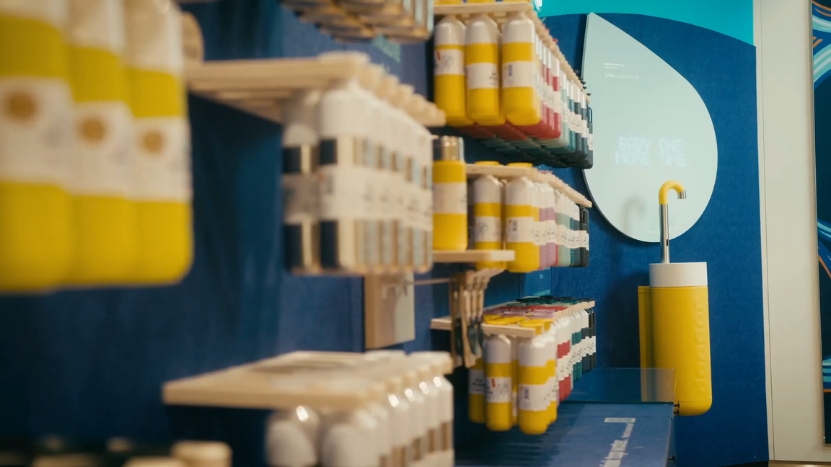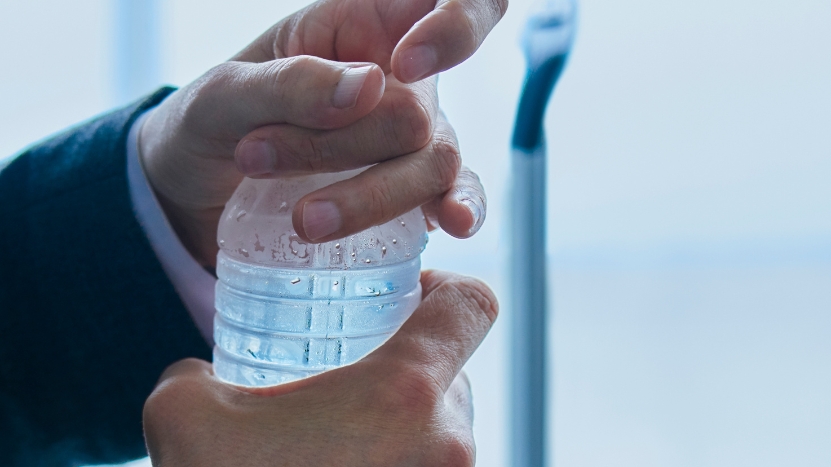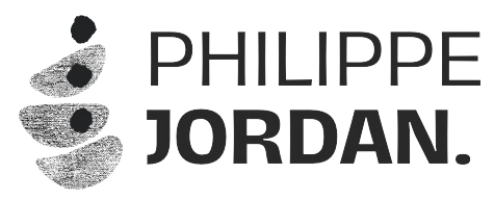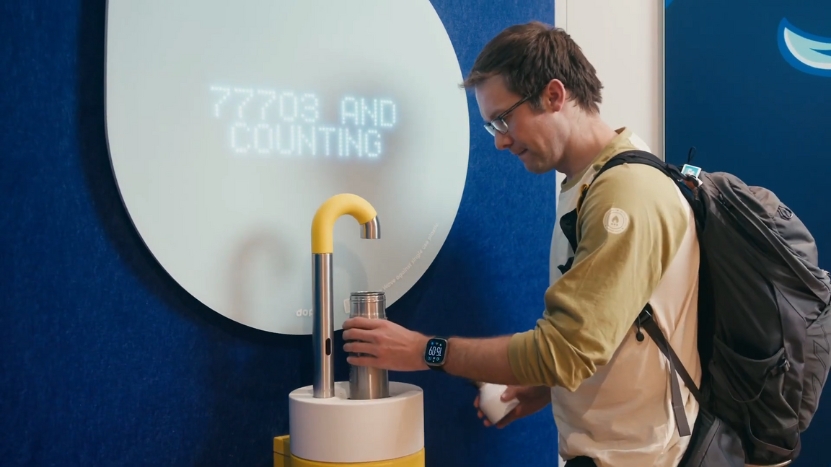In most cases, airport tap water in the United States and other developed countries is legally safe but often not ideal for drinking.
While it generally meets federal water quality standards, the real issue lies in aging infrastructure, airport-specific storage systems, and the cleanliness of drinking fountains and airplane water tanks, all of which can contribute to contamination risks.
The Environmental Protection Agency (EPA) regulates airport water, but multiple studies and airline water quality tests have shown that the water quality can vary significantly between airports, and sometimes be worse than you’d expect.
Why Airport Tap Water Might Not Be Clean

Even though water supplied to airports is typically sourced from the same municipal systems as nearby cities, the problem starts after the water enters the airport’s internal plumbing system. Many large airports operate with outdated infrastructure—pipes, holding tanks, and delivery systems that aren’t maintained as consistently as they should be.
In 2019, a Hunter College NYC Food Policy Center study found that tap water from airports and airplanes can contain bacteria like coliform and E. coli due to poor maintenance.
Drinking fountains and restrooms in terminals are not as regularly cleaned as high-use areas, and water in airport cafes or fast food chains may be dispensed through machines that haven’t been sanitized properly.
Another major factor: stagnation. Water that sits too long in pipes or tanks, especially in low-traffic terminals, creates an environment for microbial growth. That’s one reason some water fountains taste metallic or musty—it’s not just bad flavor; it could be bacterial buildup.
Airplane Water Is Often Worse
Water quality gets even more questionable once you board a plane. Airplane water comes from onboard tanks filled and cleaned by contractors. According to an EPA study and a 2023 analysis by Hunter College, airline water is often stored in unsanitary conditions and not filtered thoroughly. Some tanks are only flushed every 90 days.
Flight attendants generally recommend against drinking tap water from the airplane bathroom, even for brushing teeth. Many airlines warn their crews not to drink or use aircraft tap water unless it’s been boiled.
Airline
Water Quality Rating (Scale 0–5)
Tank Flush Frequency
Alaska Airlines
4.6
Monthly
JetBlue
1.0
Every 3 months
Delta
3.5
Monthly
Spirit Airlines
1.2
Irregular
United Airlines
2.0
Quarterly
Water Fountain Risks at Terminals
Even if you skip airplane water, what about water fountains in terminals? Here’s where things get murky.
While they should be connected to the same municipal system, airport water fountains can carry contaminants from unclean spouts, infrequent filter changes, and old plumbing.
In a 2022 swab test study at 12 U.S. airports, the following bacteria were detected on terminal water fountains:
Many of these fountains don’t get daily sanitizing. The issue is not the water itself but the cleanliness of the equipment dispensing it.
International Airports Can Be Riskier
In lower-income countries or regions with less regulated infrastructure, tap water at airports may not meet international standards at all.
Travelers to parts of Asia, Africa, or Latin America should exercise caution and avoid local tap water at airports entirely, unless it’s clearly labeled as filtered or purified.
The U.S. Centers for Disease Control and Prevention (CDC) advises travelers not to drink tap water at international airports unless they can confirm it’s treated and safe. In countries with poor water and sanitation records, even ice cubes from food court drinks can pose a risk.
What You Should Drink Instead
View this post on Instagram
If airport tap water is questionable and airplane water is even worse, what’s the best option?
Bring a Refillable Bottle and Use Water Refill Stations
Many major U.S. and European airports now have automated water bottle refill stations. These are generally more sanitary than regular water fountains, often featuring internal filters and touchless operation.
Examples of U.S. airports with trusted refill stations:
However, if the refill station is just an extension of the main fountain, the water quality still depends on the building’s pipes and maintenance schedule.
Buy Bottled Water—But Read the Label

If you’re not confident in the local water system, bottled water is the safest short-term option, especially in international airports.
Look for sealed, name-brand bottles and avoid open-cup beverages with ice from food vendors unless you know the ice is made from purified water.
Avoid brands without clear sourcing or filtration info on the label. Some budget bottled waters are just tap water in plastic.
Use a Travel Filter Bottle
If you travel frequently, investing in a portable water filter bottle with a built-in carbon or UV filter is a smart long-term move. Brands like GRAYL, LifeStraw, and Brita Travel make bottles that can filter out bacteria, chlorine, heavy metals, and particulates.
These bottles let you refill at almost any fountain and still drink safe, clean water.
Brand
Filter Type
Removes Bacteria?
Ideal For Airports?
GRAYL GeoPress
Electro-adsorption + Carbon
Yes
Yes
LifeStraw Go
Hollow fiber membrane
Yes
Yes
Brita Premium
Activated Carbon
No (chlorine only)
Limited use
Can You Trust Restaurant Tap Water at Airports?
Not always. Airport restaurants usually get water from the same lines that feed fountains and bathrooms. Unless they use filtered soda guns or have built-in filtration systems (as many fast-food chains do), the water in your coffee or fountain soda may be unfiltered tap water.
If you’re ordering from a chain like Starbucks or McDonald’s, ask if their water is filtered in-house.
And if you’re getting hot tea or coffee, boiled water is generally safe, but flavor quality may still be poor due to local minerals and pipe residue.
When in Doubt: Ask
Airport staff in retail or food service often know whether their water is filtered. Don’t hesitate to ask questions like:
Asking can be the difference between safe hydration and a stomach bug mid-flight.
Final Recommendation
@proud..weirdos The way this has been a regular topic isn’t even funny. Now she’s going to say “rememwber the tap water” whenever she brings up another topic in the same vain 😅 #tapwater #tapwaternews #tapwaterisbad ♬ original sound – Donatella
While the water may technically be “safe” under EPA or municipal guidelines, airport tap water is best avoided if you want to reduce health risks while traveling.
Rely on filtered refill stations when available, bottled water when traveling internationally, and filtered travel bottles for maximum flexibility. If you’re traveling with an infant, dress your baby in light, layered clothing to make temperature changes in terminals or planes easier to manage.
Never drink airplane bathroom tap water, and be cautious even with water from terminal cafes.

